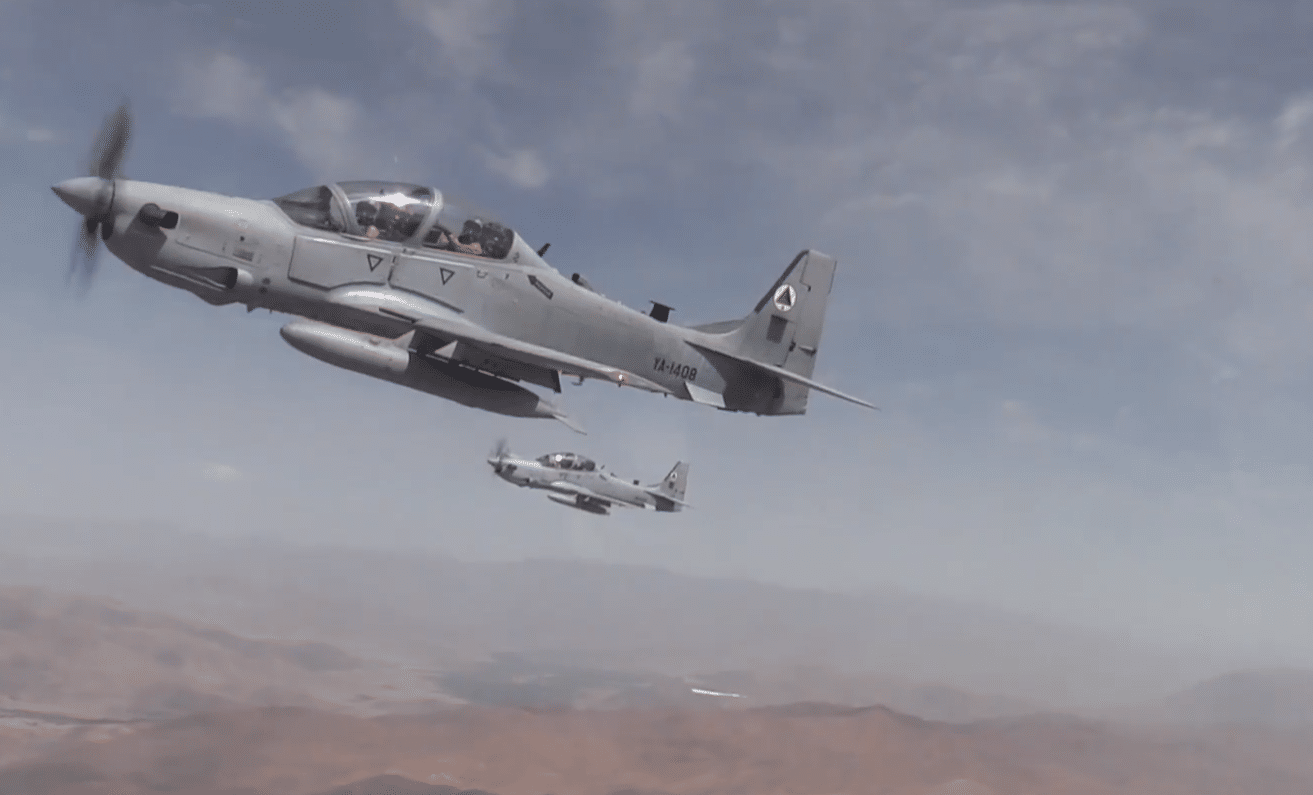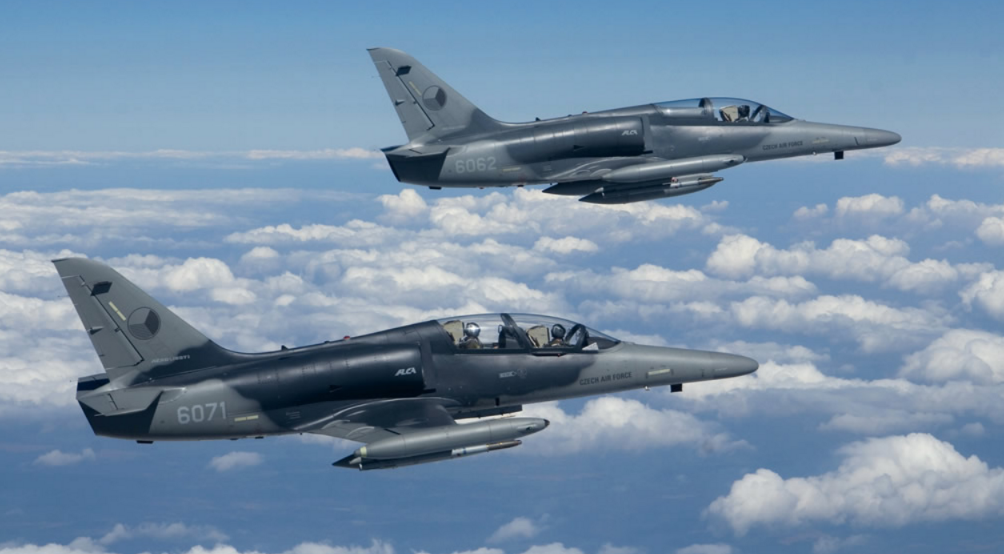2788Views 7Comments

Afghanistan receives new batch of A-29 Super Tucano
The Afghan Air Force (AAF) received a batch of four Embraer A-29 Super Tucano close air support (CAS) aircraft on 20 March, 2017. These have joined eight existing AAF A-29s in Afghanistan.
The AAF was slotted to receive a total of 20 A-29s under a U.S.-funded $427 million program. Besides A-29 aircraft, the program also involves training AAF aircrew in the U.S. at Moody Air Force Base, Ga. All A-29s are scheduled to be delivered by 2018.
The first four aircraft were delivered in January 2016, followed by a subsequent four in March 2016. The AAF began deploying the A-29s for CAS missions in April 2016, where it undertook guided strikes against Taliban as well as ISIS insurgents in various parts of Afghanistan.
The A-29 has a payload of 1,550 kg – available through five external hardpoints – and can use laser-guided bombs, rockets and missiles, INS/GPS-guided bombs, and unguided munitions. It also carries a 20-mm cannon and a 12.7 mm machine gun under each wing. The Super Tucano is powered by a Pratt & Whitney PT6A-68/3 turboprop engine, providing a cruise speed of 520 km/h.
With U.S. support, the Afghan National Defence and Security Forces (ANDSF) is being modernized along modern – and counterinsurgency-focused – lines. Besides the A-29, the AAF has also procured 27 MD-530 lightweight utility helicopters to provide light attack and scouting/reconnaissance support.
The U.S. is also studying the prospect of replacing Afghanistan’s Mil Mi-17 transport helicopters with the UH-60 Black Hawk utility helicopter.
Notes & Comments:
The AAF is a current case involving the use of lightweight CAS aircraft to undertake COIN missions, largely in low anti-air warfare (AAW) threat environments. The United Arab Emirates (UAE) has been undertaking similar operations in Yemen and Libya, but with IOMAX Archangels.
Egypt and Turkey will be joining the ranks of lightweight CAS aircraft operators with the IOMAX Archangel and Turkish Aerospace Industries (TAI) Hürkuş-C, respectively.
The use of these platforms in COIN environments has been contentious. While these aircraft are less costly to fly, not all analysts are convinced of the long-term viability of these aircraft. There is a concern that non-state actors could grow in their AAW capabilities, and that aside, one might point to the sunk cost of having these platforms in times without COIN operations.
However, the reality of COIN is not clear-cut. As shown in Pakistan, one can never project as to when COIN operations would end, and the spectre of it returning – as seen in Turkey – can loom indefinitely. While there is a risk of sunk costs for maintaining such platforms when they are unnecessary, there is also the cost of utilizing one’s fast-jets in COIN. The Pakistan Air Force (PAF) is not only spending on the fuel to have its F-16s and JF-17s engage in airstrikes, but it is also eating into the airframe lives of these aircraft. This may not be an issue over a short-term campaign, but in a protracted COIN environment, especially one that has been taking place for more than a decade, the sunk cost argument may not be valid.
Defensibility against AAW is a different issue. If a combat environment is deemed to have a genuine AAW threat, especially with infrared-guided missiles, then the CAS platform space might need to move to faster and higher flying aircraft. Lightweight jet aircraft could form the basis of such systems. Alternatively, or in conjunction, longer range air-to-ground munitions could be sought as well.
In general, it appears that the industry will be providing the lightweight CAS aircraft concept attention in the foreseeable future. The approach may adjust, but the goal of a low-cost aircraft capable of deploying the same munitions as an F-16 will stay.



7 Comments
by Aamir
The A 29 will not only be good platform for CAS missions;once AAF personal are sufficiently trained, they can easily serve as instructors for new recruits, since the A 29 has dual seats/ controls.
by Sami Shahid
Will the Afghan Air Force receive F-16’s once the US leaves ?
by Syed
Arm the Mushak aircraft that we can produce in numbers
by Superior Shakeel
Engine power is way too low in mushak to weaponize it for any meaningful operation.
I mean it only have a 200Hp engine decent sports car have more engine power so weaponizing it effectively means putting a new engine and thus basically a new aircraft which could be done but would require money and resource investment and a guarantee sale market to offset that effort which I dont think PAF deems as worth the trouble.
by Aamir
The mushak can only carry a 300kg payload, so there is little to no chance of an armed version. The A29 can carry about 1550 kg per the above article.
by Arsalan Javaid
?????
by Arsalan Javaid
Hi, All members, I’m new here. Bilal i love your articales brother Good work! Keep it up.